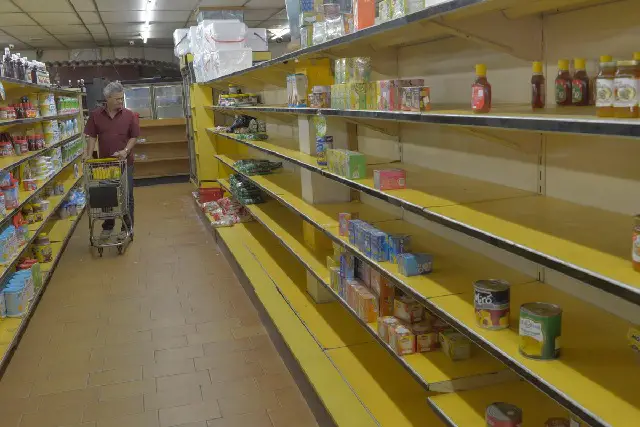The prices of a lot of things are up these days, which fits the common definition of “inflation.”
Meanwhile, an increasing number of products are appearing at the same price but in smaller packages.This is inflation’s slippery first cousin “shrinkflation.” Here’s a sampling from a recent study:
• Bounty paper towels: The triple back has shrunk from 165 sheets to just 147.
• Costco’s toilet paper: A large pack was 425 sheets last year, but now is just 380.
• Dial Body Wash: Reduced from 21 ounces to 16 ounces, a 25 percent reduction.
• Ziploc freezer bags: 54 bags last year, but just 50 bags this year.
• Quaker Instant Oatmeal: 10 packs last year, but just 8 this year for some varieties.
Empty Shelves
But what about when the thing you want just isn’t there? Where does the complete absence of something fit on the inflation spectrum? This question is no longer academic, as empty shelves appear in stores across the US. (One nearby example: The Sequim, Washington Costco is – shades of 2020 — currently out of toilet paper.)
From yesterday’s Wall Street Journal:
Why You Can’t Find Everything You Want at Grocery Stores
Labor shortages, raw materials’ scarcity make supermarket supplies unpredictable; some executives say problems are worse than spring 2020’s dearth.
Grocery-store chains are still battling supply challenges that some executives said are as bad as what they saw in spring 2020, when hoarding left holes in stocks of some staples.
Industry executives say new problems are arising weekly, driven by shortages of labor and raw materials. Groceries including frozen waffles and beverages remain scarce as some food companies anticipate disruptions lasting into 2022. A wider range of products is running short and logistical challenges are compounding for many retailers.
Donny Rouse, chief executive of Louisiana-based Rouses Markets, said he is struggling to fill shelves as his company runs low on everything from pet food to canned goods. The chain of more than 60 supermarkets is sometimes receiving as little as 40% of what it orders, prompting Mr. Rouse and his staff to try to secure products earlier and more often. Before the pandemic, Rouses received well over 90% of its orders.
“It is difficult for customers to get everything they want to get,” said Mr. Rouse, grandson of the chain’s founder.
Remind you of anything? Like maybe Venezuela’s ongoing hyperinflation, which looks like this:

As for whether empty shelves equal inflation, that’s complicated. For now let’s just say that 1) shortages are both a cause and an effect of rising inflation, and 2) it’s getting harder to view Third World financial crises as something that can’t happen here.
——————————–
SPECIAL REPORT
Can Your Retirement Survive What’s Coming?


41 thoughts on "Do Empty Shelves Count As Inflation?"